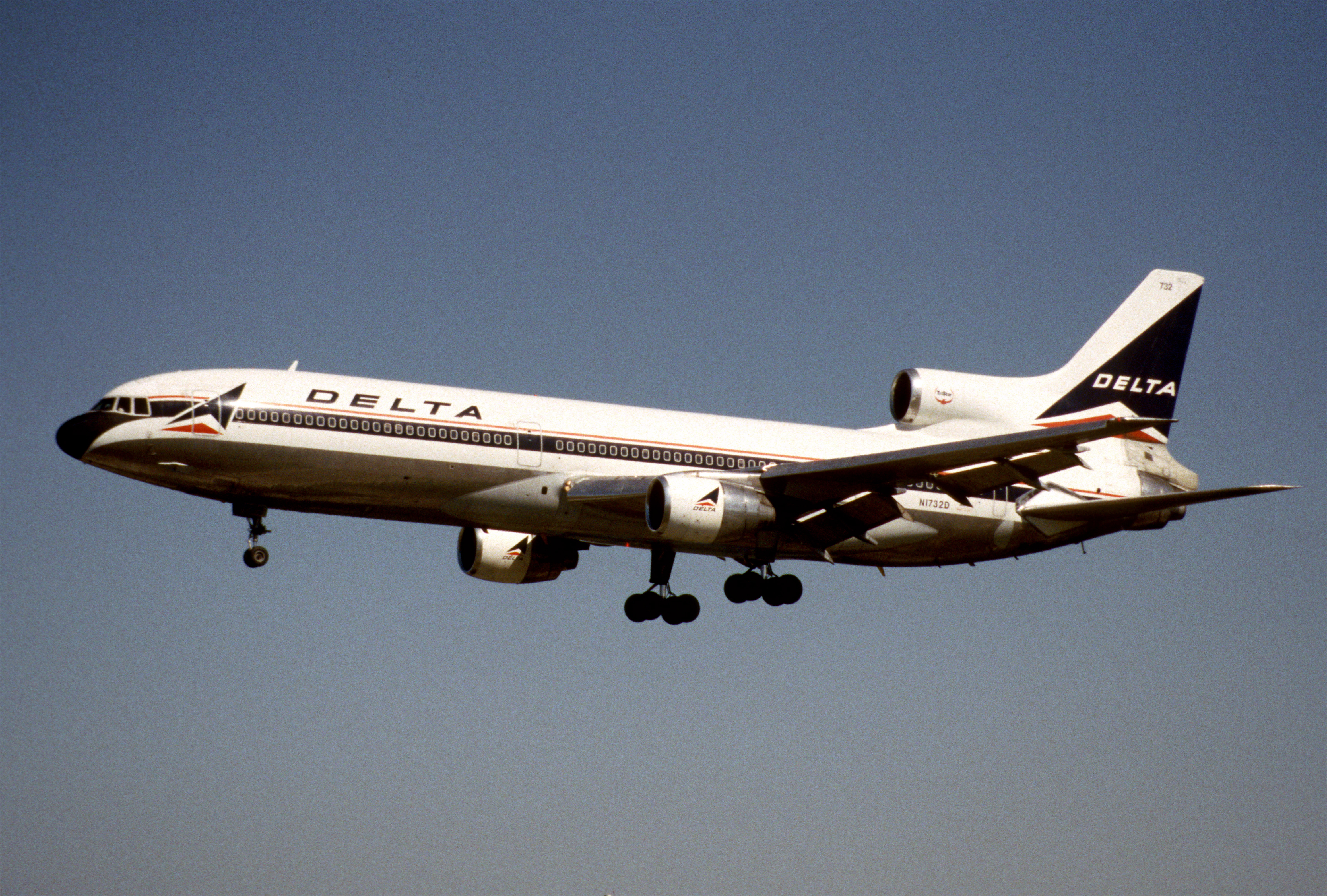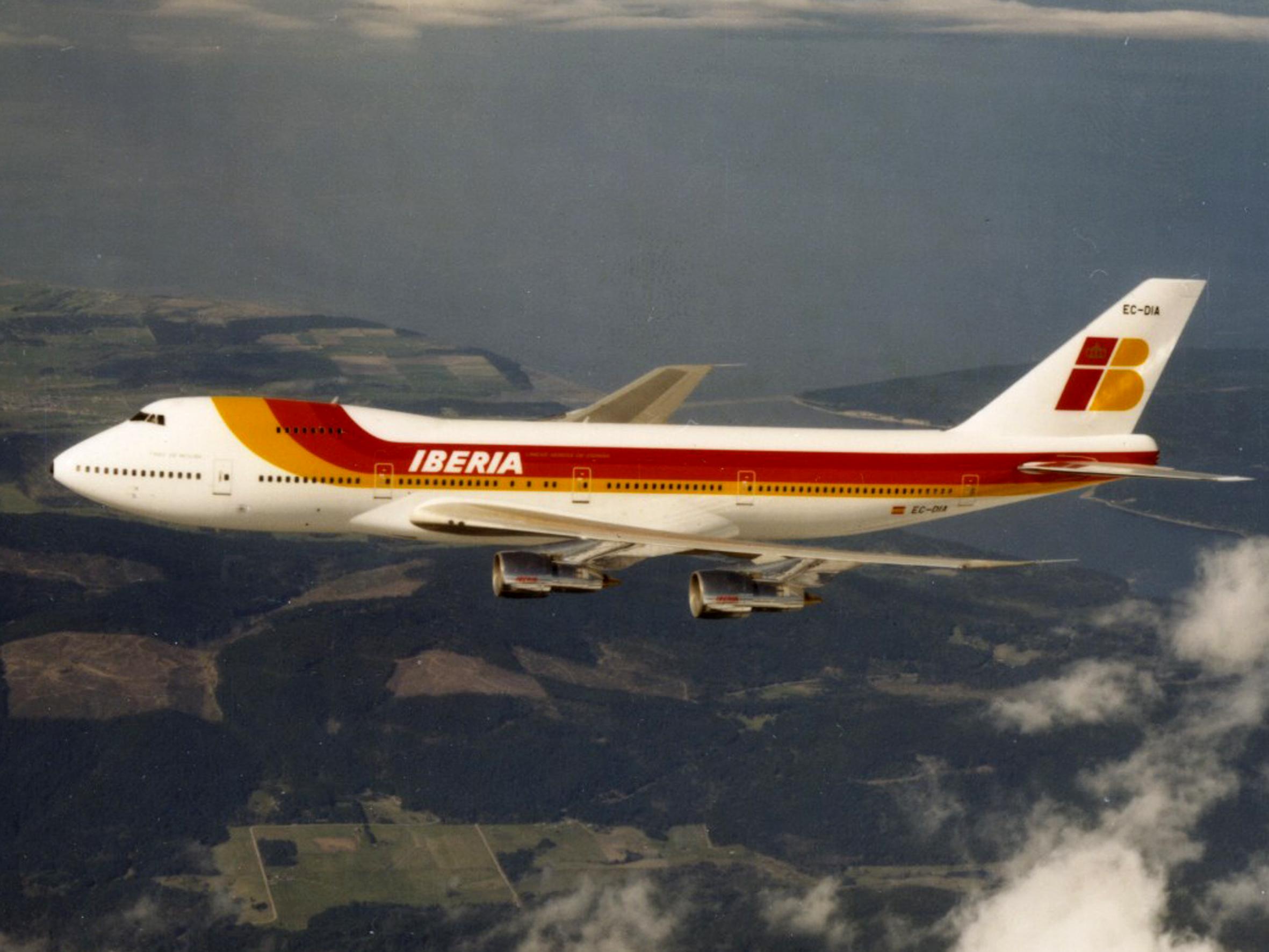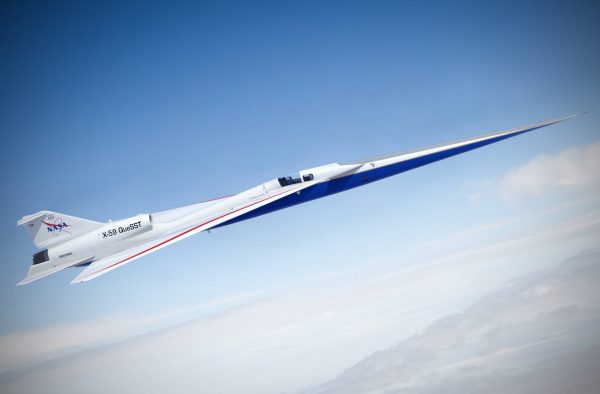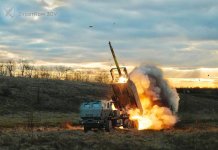Lockheed Martin, the manufacturer of the most sophisticated US military jet, including F-35 and F-22 Raptor, once attempted to make a splash in the commercial aviation market by seeking to build a multi-purpose aircraft capable of carrying up to 950 people.
In March 1995, Lockheed Corporation and Martin Marietta merged to form Lockheed Martin. Before this merger, Lockheed had built some of the most iconic civilian aircraft in American history, including the wide-bodied L-1011 TriStar.

But the aerospace giant is no longer a leading name in the commercial aviation industry, opting instead to focus on military-related equipment and aircraft.
The L-1011 Tristar production also ended in 1983. The company, however, released a paper in 1996 titled ‘The Future of Very Large Subsonic Transport Systems’ that provides the details of the multi-purpose aircraft. The paper is now with NASA.

The goal of developing a ‘Very Large Subsonic Transports,’ or VLST, was to outshine the Boeing 747 as a multi-purpose transporter.
In 2005, Airbus also launched the A380. Lockheed Martin Aeronautical Systems was looking into the possibility of building a multi-use commercial passenger, commercial cargo, and military airlifter nearly 50 percent larger than the present Lockheed C-5 and Boeing 747, according to the 30-page report.

The report noted that the VLST’s size and expense would prevent it from being purely a military project, citing dwindling defense funding.
The development of the product had to appeal to a variety of clients. As a result, a successful VLST must meet airline needs for increased passenger and cargo capacity on crowded routes into slot-limited airports, as well as provide cost-effective heavy airlift capabilities to support US military personnel stationed overseas.
Purposes And Cost Of VLST
The VLST may have been used to transport commercial passengers with a minimum seating capacity of 650 people and a range of 7,000 to 10,000 miles. Commercial air freight for containerized cargo might potentially be viable in order to facilitate the worldwide manufacture of high-value-added goods.
It could also have been used as a military airlift capable of transporting modern weaponry systems over long distances (7,000 to 10,000 miles) to reach the operating theater without the need for foreign bases or mid-air refueling.

Developing such an airplane would have cost $8-15 billion. In 2021, this would amount to over $14-27 billion. The price per unit was estimated to be between $200 and $300 million, or $364 and 550 million in today’s dollars.
This would have been more than many airlines’ yearly sales, and it seemed unlikely that the airline and leasing industries could support it domestically.
The VLST developed by Lockheed Martin Aeronautical Systems would have had a maximum takeoff weight of 1.4 million lbs, a length of 262 feet, a cargo variant capable of carrying sixteen 40-foot containers, folding wings with a 282-foot wingspan (211 feet when folded), and a range of 3200 nautical miles carrying more than 400,000 lbs of payload. The GE90, Rolls-Royce Trent, or PW4000 engines would have propelled the enormous aircraft.
Lockheed’s Latest Attempts
In 2017, Lockheed Martin partnered with supersonic jet company Aerion Corp. to develop a new passenger jet capable of traveling at speeds of up to Mach 1.4.
The Aerion AS2, a projected supersonic business jet that might cut flying times between New York and London by three hours, was designed to accommodate 12 people. The goal was to make it possible to travel (round trip) between the two financial centers in a single day.
Lockheed Martin, however, opted not to extend its contract with Aerion in 2019. Boeing, on the other hand, has made a large investment in Aerion in the same year. The firm was shut down in 2021, and the project was stalled.

Lockheed Martin is also working on the X-59 QueSST, an experimental aircraft for NASA, the United States’ space agency. Since Lockheed Martin was awarded the contract to create a silent supersonic jet in 2016, the project has made significant progress, Eurasian Times reported.
Commercial jets are currently restricted from flying at supersonic speeds over land. This is because they would generate sonic booms, which are extraordinarily loud and disruptive sounds caused by shock waves produced by objects flying at supersonic speeds.
If Lockheed Martin succeeds, the design might pave the way for commercial supersonic flights, substantially reducing the time it takes for planes to travel long distances.
- Contact the author at ashishmichel@gmail.com
- Follow EurAsian Times on Google News




